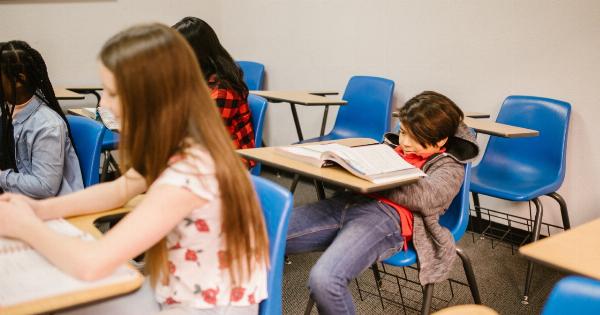Aging is an inevitable natural process that all individuals go through. With age, however, comes an increased risk of falls, which can have serious physical and psychological consequences for older adults.
This review aims to explore the relationship between falls, depression, and aging by examining the existing literature on the topic.
Falls and Aging
Falls are a major concern for older adults, as they are the leading cause of injury-related deaths and hospitalizations among this population.
The risk of falling increases with age due to various factors, including weakened muscles, impaired vision, medication side effects, and balance problems.
Research suggests that older adults who experience falls often develop a fear of falling again, leading to a decrease in their physical activity levels.
This sedentary behavior can further exacerbate the risk of falls, as it results in muscle weakness and reduced balance and coordination.
Depression and Aging
Depression is a prevalent mental health condition that affects people of all ages, but it is particularly common among older adults.
Research indicates that the prevalence of depression increases with age, with approximately 7-20% of older adults experiencing depressive symptoms.
There are several factors that contribute to the development of depression in older adults, including biological changes, chronic health conditions, social isolation, and loss of loved ones.
Depression not only negatively impacts an individual’s overall well-being but also increases the risk of developing other physical health problems.
The Relationship between Falls and Depression
Studies have shown a bidirectional relationship between falls and depression in older adults. On one hand, falls can lead to depressive symptoms due to the physical injuries and functional limitations that may result from a fall.
The fear of falling again and the loss of independence can also contribute to the development of depression.
On the other hand, depression can increase the risk of falls by negatively impacting an individual’s physical functioning and cognitive abilities.
Depressed older adults may display reduced muscle strength, impaired balance, and slower reaction times, all of which can increase the likelihood of falling.
Prevention and Intervention Strategies
Given the complex relationship between falls, depression, and aging, it is crucial to implement effective prevention and intervention strategies. Some strategies that have shown promise include:.
- Regular exercise and strength training programs to improve muscle strength and balance
- Medication review and management to minimize side effects that may increase fall risk
- Home modifications to reduce environmental hazards and improve safety
- Psychosocial interventions, such as cognitive-behavioral therapy, to address depression and fear of falling
Conclusion
Falls, depression, and aging are interconnected issues that significantly impact the well-being and quality of life of older adults.
Understanding the relationship between these factors is crucial for developing effective prevention and intervention strategies. By addressing both physical and mental health aspects, healthcare providers can help older adults lead healthier and more fulfilling lives.































